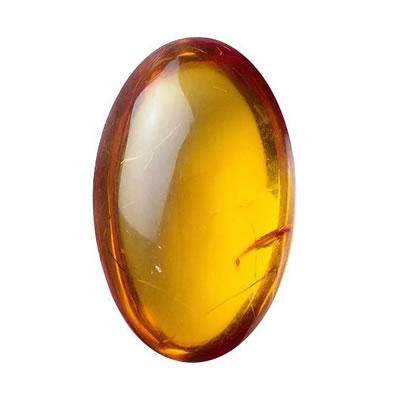Apatite

family
Apatite jewelry
Etymology and history
Apatite originates from the Greek word for "cheat". That unfair title was allegedly earned from apatite's possible confusion with amblygonite, andalusite, brazilianite, precious beryl, sphene, topaz or tourmaline. Apatite, a stone seldom found in jewelry stores and virtually unknown to the general public, is beloved by collectors for its many different colors and forms.
Apatite description
Apatite is one of a few minerals that are produced and used by biological micro-environmental systems. Apatite is the defining mineral for 5 on Mohs scale hardness. Hydroxyapatite, also known as hydroxyapatite, is the major component of tooth enamel and bone mineral. A relatively rare form of apatite in which most of the OH groups are absent and containing many carbonate and acid phosphate substitutions is a large component of bone material.
Apatite jewelry
Apatite should be cut, set, and worn gently. Earrings, pendants, pins, and tie tacks are probably safe, but ring, bracelet and necklace use should be limited to occasional wear pieces with protective settings. Apatite comes in many different shapes.
Occurrence
Apatite are found in Brazil, India, Kenya, Madagascar, Mexico, Myanmar (Burma), Norway, Sri Lanka, South Africa and the United States.
Talk to Our Jewelry Experts
Monday to Friday from 9AM to 5PM EST













